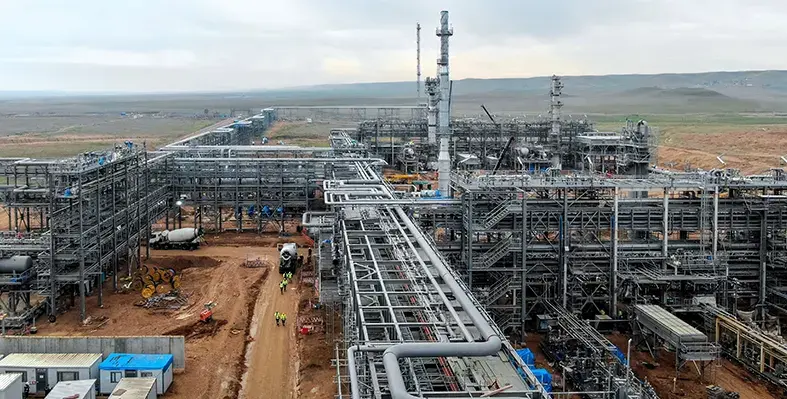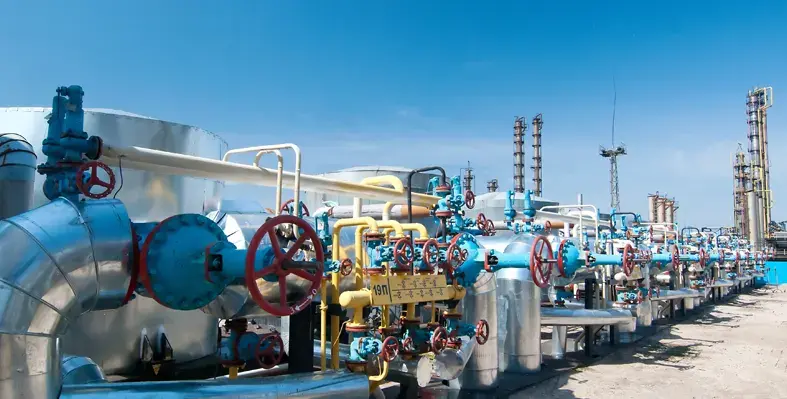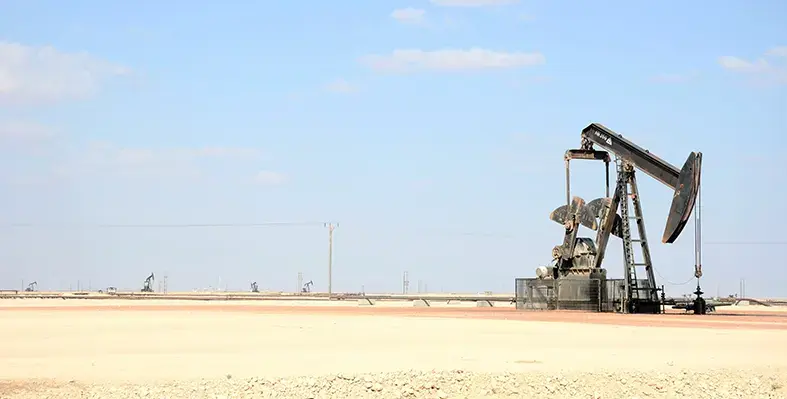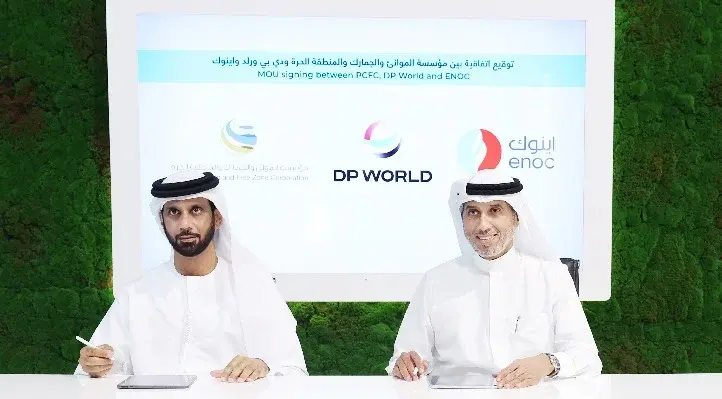Middle East-based natural gas company, Dana Gas PJSC, and exploration and production company, Crescent Petroleum, have started commercial gas sales from the KM250 gas expansion project (KM250) at the Khor Mor facility in the Kurdistan Region of Iraq
The KM250 will add 250 mn standard cu/ft per day of new processing capacity, a 50% increase, boosting Khor Mor’s total output to 750 mn stamndard cu/ft per day. This can support Iraq’s burgeoning power demand by delivering significant new volumes of clean-burning natural gas.
The US$1.1bn project was backed by financing from the Bank of Sharjah, the US Development Finance Corporation (DFC), and proceeds from Pearl Petroleum’s US$350mn senior secured bond issued in 2024 and listed on Nordic Alternative Bond Market. The project generated employment for more than 10,000 people and involved the delivery of more than 6,000 tonnes of steel and 6.2 mn man-hours, making it one of the largest private-sector infrastructure builds in Iraq in recent years.
Majid Jafar, CEO of Crescent Petroleum and board managing director of Dana Gas, said, “Delivering KM250 ahead of schedule marks a significant achievement for Crescent Petroleum, Dana Gas, and our Pearl Consortium partners. This accomplishment highlights our ongoing dedication to the Kurdistan Region of Iraq, demonstrates our capacity to unlock its vast energy resources, and reinforces our commitment to generating jobs, enhancing local services, and providing cleaner, more reliable energy for the Region and the Country.”
“I am especially grateful for the strong support of the KRG and local authorities, whose cooperation helped us overcome challenges and sustain momentum throughout the project. I would also like to recognise the outstanding leadership of Richard Hall, CEO of Dana Gas, who navigated the complex dynamics and guided the project to successful completion eight months ahead of schedule.”
Richard Hall, CEO, Dana Gas, said, “Completing KM250 early is a huge milestone for Dana Gas and reflects the hands-on approach we brought to the project in the absence of the main contractor. By assuming operational oversight, Dana Gas and Crescent Petroleum were able to focus delivery, resolve issues quickly, and restore momentum – yielding real results on the ground.
“The additional capacity strengthens our production profile and is expected to deliver substantial annual revenue for Dana Gas. It also supports our mission to deliver stable, cleaner energy to KRI communities, reduce diesel dependence and advance the region’s ambition for 24-hour electrification.”













